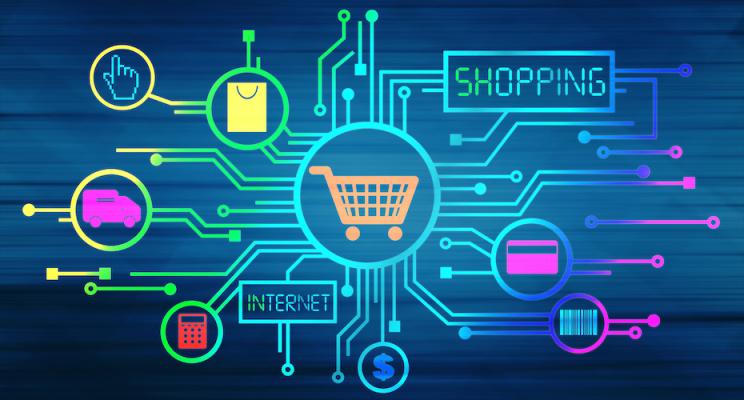
The National Retail Federation’s preliminary forecast is for online sales to grow in the 10-12 percent rage in 2019, coming in between $751 billion and $764 billion. And while the holiday shopping season typically accounts for a substantial portion of overall sales, the whole idea of a “peak” season is becoming a bit more fluid.
Online Shopping and Seasonal Spikes
The traditional kick-off of the holiday shopping season is Black Friday, the day after Thanksgiving. Many people in the U.S. have that day off, and for decades, stores lured in customers with sales and promotions. The name “Black Friday” refers to the day that retailers went from being “in the red” (operating at a loss) to “in the black” (making a profit).
But a closer look at online shopping activity throughout the year reveals there are five important peak seasons—and one that’s emerging.
The back-to-school shopping season has expanded in scope as many teachers now create online wishlists for classroom supplies at the start of the school year for parents to fulfill. Halloween is another peak period, fueled by 22 Marvel superhero movies in the last 11 years.
That’s quickly followed by Black Friday, Cyber Monday and the Hanukkah and Christmas holidays. And just when the dust is beginning to settle, Valentine’s Day arrives.
Mother’s Day rounds out the big five, which is followed by the college and high school graduation season, but a sixth peak period has become increasingly important to all retailers: Amazon Prime Day.
This manufactured, mid-July “holiday” is a perfect example of the expression “a rising tide lifts all boats.” Retail giants Walmart and Target try to steal Amazon’s thunder by launching their own steep discounts before, during, and after the 36-hour shopping fest, and independent sellers are also cashing in on the action.
All this points to an evolution in shopping habits and expectations that redefine the retail calendar and the concept of seasonality.
Investing in an On-Demand Workforce
Finding temporary workers to handle order fulfillment during these six major shopping peaks throughout the year is a challenge in this labor market, and the disruptions that inevitably follow weigh on the bottom line. A better solution is to look at an automated picking system, such as our next-generation Robotics-as-a-Service (RaaS) system, which allows you to scale up or scale down depending on your seasonal needs.
When you partner with inVia, you get a fleet of robots that picks with 99.9% accuracy. Highly-accurate picking means far fewer orders need to be fixed, and you spend less time and resources on quality control.
Our robots map your warehouse and select the most efficient routes, using machine learning and AI to continually optimize the fulfillment process. We also direct the consolidation of items after picking to ensure that orders are accurate. Best of all, you pay for the services our robots provide—not for the robots. That way, you don’t incur big upfront costs that delay ROI.
Why Does it Matter?
E-commerce is an economic engine that runs year-round, and changes in consumer behavior kick it into high gear with increasing frequency. If your inventory and staffing plans are based on traditional seasonal peaks, you’re missing out.
To learn more about how inVia Robotics’ can help your business run faster and smarter, contact our sales team today.